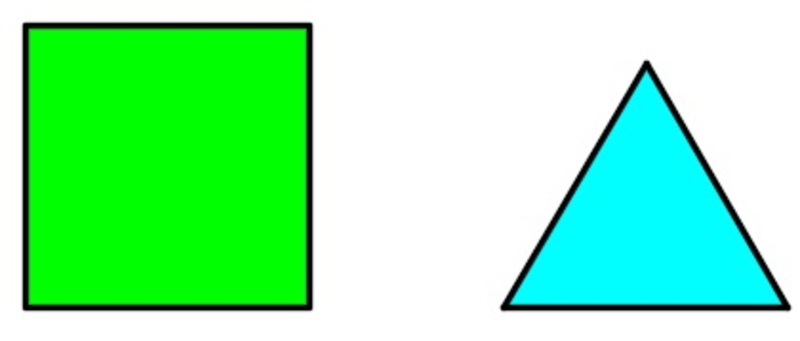The story the square and the equilateral triangle
 A wire of length
12
meters is cut into two parts, one of which is bent into a square and the other into an equilateral triangle. If the sum of their areas is a minimum, find the side length (in meters) of the equilateral triangle. Give your answer correct to two decimal places.
A wire of length
12
meters is cut into two parts, one of which is bent into a square and the other into an equilateral triangle. If the sum of their areas is a minimum, find the side length (in meters) of the equilateral triangle. Give your answer correct to two decimal places.
The answer is 2.26.
This section requires Javascript.
You are seeing this because something didn't load right. We suggest you, (a) try
refreshing the page, (b) enabling javascript if it is disabled on your browser and,
finally, (c)
loading the
non-javascript version of this page
. We're sorry about the hassle.
3 solutions
Indeed. The solution to the problem as stated is found when x = 0.00. It's important to not use the first derivative test blindly, lest one accidentally minimize the value of a function one is allegedly trying to maximize.
Let the length of each side of the square be a and of the triangle be b . Then 4 a + 3 b = 1 2 ⟹ a 2 + 4 3 b 2 = a 2 ( 1 + 9 4 3 ) − 3 8 3 a + 4 3 = 9 9 + 4 3 ( a − 9 + 4 3 1 2 3 ) 2 + 4 3 − 9 + 4 3 4 8 ≥ 4 3 − 9 + 4 3 4 8 .
So the area is minimum when a = 9 + 4 3 1 2 3 and b = 9 + 4 3 3 6 ≈ 2 . 2 6 .
Let x = side length of the square and y = side length of the equilateral triangle
4x+3y=12
4x=12 - 3y
x = 4 1 2 − 3 y
A = x 2 + 4 3 y 2
A = ( 4 1 2 − 3 y ) 2 + 4 3 y 2
A = 1 6 1 4 4 − 7 2 y + 9 y 2 + 4 3 y 2
Take the derivative using the Quotient Rule.
d y d A = 1 6 2 1 6 ( − 7 2 + 1 8 y ) − ( 1 4 4 − 7 2 y + 9 y 2 ) ( 0 ) + 2 ( 4 3 ) ( y )
= 2 5 6 − 1 1 5 2 + 2 8 8 y + 2 3 y
Equate the derivative to zero.
2 5 6 − 1 1 5 2 + 2 8 8 y + 2 3 y = 0
2 5 6 − 1 1 5 2 + 2 8 8 y + 1 2 8 1 2 8 × 2 3 y = 0
2 5 6 − 1 1 5 2 + 2 8 8 y + 2 5 6 1 2 8 3 y = 0
− 1 1 5 2 + 2 8 8 y + 1 2 8 3 y = 0
2 8 8 y + 1 2 8 3 y = 1 1 5 2
y ≈ 2.26 meters
It should be minimum and not maximum. See my solution. A ≈ 3 . 9 1 when x ≈ 2 . 2 6 . An equilateral triangle with side length 4 has area A △ ≈ 6 . 9 3 . And area of a square with side length 3 is A □ = 9 . Both larger than A .
Let x be the side length of the equilateral triangle. Therefore, the side length of the square is 4 1 2 − 3 x . The total area of the triangle and square is given by:
A d x d A = A △ + A □ = 4 3 x 2 + ( 4 3 ( 4 − x ) ) 2 = 4 3 x 2 + 1 6 9 ( x 2 − 8 x + 1 6 ) = ( 4 3 + 1 6 9 ) x 2 − 2 9 x + 9 = 1 6 4 3 + 9 x 2 − 2 9 x + 9 = 8 4 3 + 9 x − 2 9
A is minimum , when d x d A = 0 or when:
8 4 3 + 9 x ⟹ x = 2 9 = 4 3 + 9 3 6 ≈ 2 . 2 6 m
Note that d x 2 d 2 A > 0 for all x , therefore, A is minimum when x ≈ 2 . 2 6 .